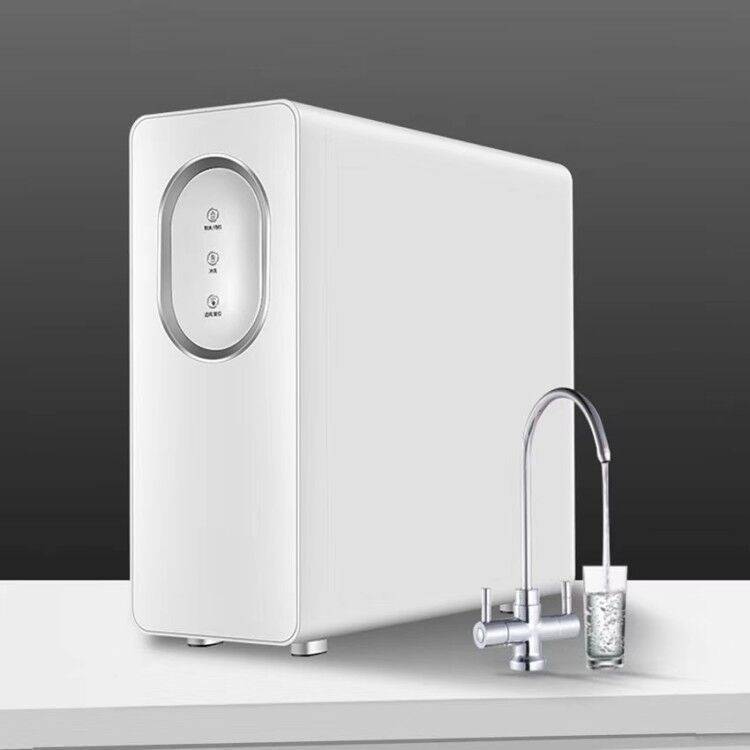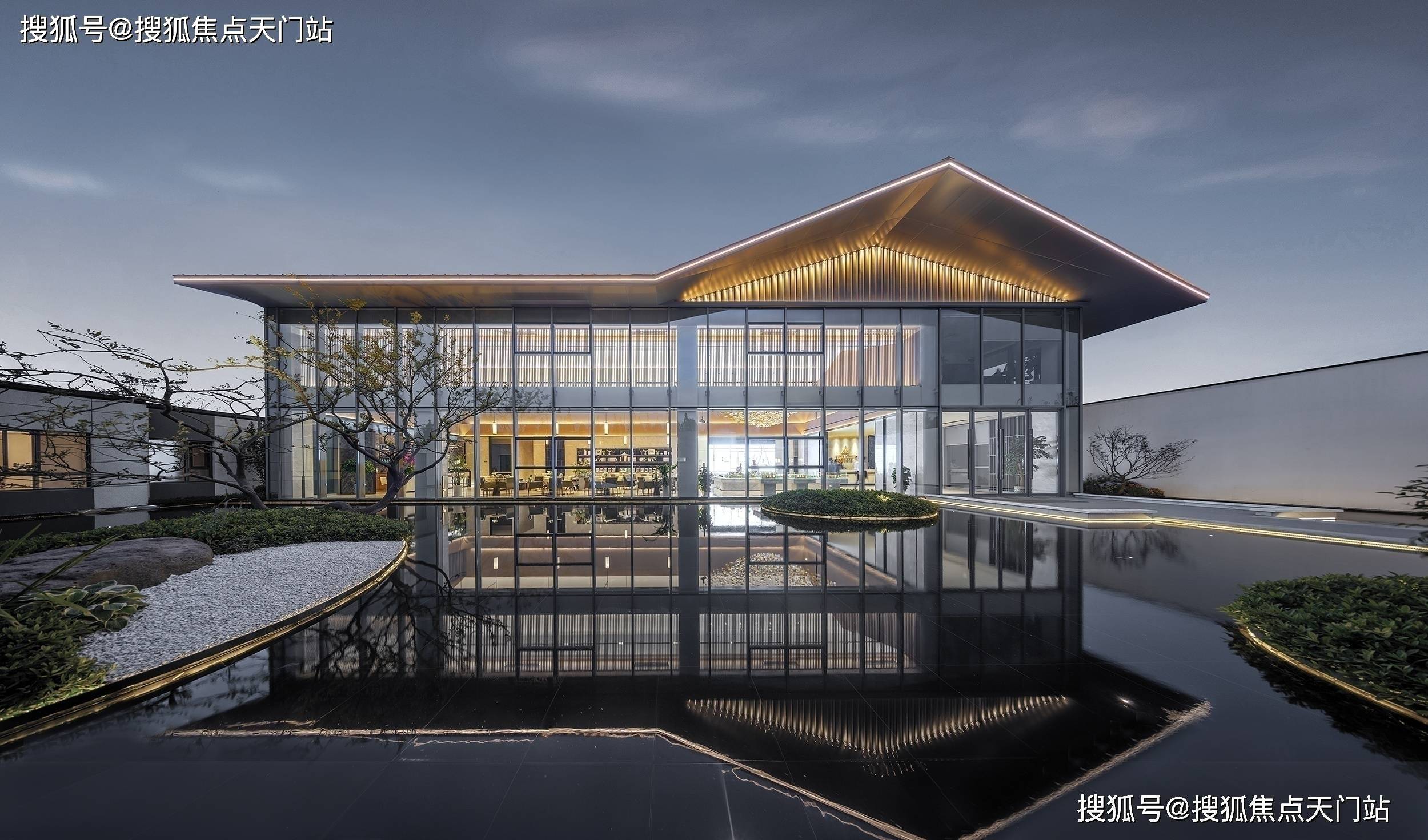隔声性能SOUND INSULATION PERFORMANCE
There are two types of acoustic functions: sound insulation and noise absorption. This Section explains common sound insulation terms. [Noise absorption is addressed later in thi原由网s Section]

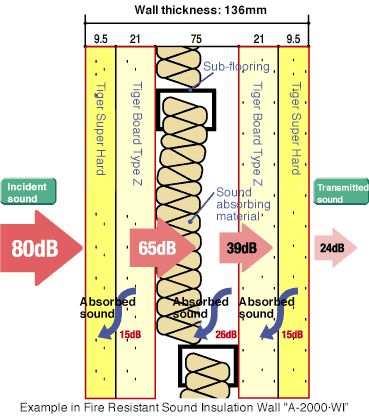
术语和定义ACOUSTIC TERMS AND DEFINITIONS
Rw
计权隔声量Weighted Sound Reduction Index
Rw describes the airborne sound insulating power of a building element. It is a laboratory measured value that can apply to walls, ceiling/floors,ceiling/roofs,doors or windows. The higher the number, the greater the sound insulating power of the building element.
For example, an increase in the Rw of a wall by 10 points will reduce the perceived loudness of sound passing through the wall by about half. Table 1 shows how the sound insulating effectiveness of walls depends on their Rw or Rw + Ctr values.
Rw + Ctr低频校正
Rw Plus Spectrum Adaptation Term
Rw + Ctr is equal to Rw with the addition of a low frequency sound correction, Ctr. The use of Rw + Ctr has been adopted due to the increase in low frequency sound sources such as surround sound systems, traffi c and aircraft noise, drums and bass guitars.
Two walls can have the same Rw rating but have different resistance to low frequency sound, thus a different Rw + Ctr.
DnTw and DnTw + Ctr
Measured On-Site
These values are the equivalent of Rw and Rw + Ctr, but measured on-site. Rw is the value measured in an acoustic laboratory, while DnTw is measured on-site.
An on-site measured value of DnTw + Ctr is permitted to be 5 points lower than the Rw + Ctr value. Where the BCA may call for an Rw + Ctr ≥ 50, the same requirement may be satisfied by measuring DnTw + Ctr ≥ 45 on-site.
现场测量,可以比BCA要求低5
Ln,w + Ci
冲击隔声等级Impact Sound Insulation Rating
Ln,w + Ci describes how easily impact sound travels through a wall or floor. Impact sound is generated by sources such as dryers, washing machines and heeled shoes on a wooden floor.
Unlike Rw values, better performing walls or floors have lower values. Therefore when specified, Ln,w + Ci values are maximums while Rw values are minimums. For example, the BCA requires some floors to have Ln,w + Ci < 62.
Impact Sound Insulation
Walls that have Impact Sound Insulation are defined in the BCA as walls that do not have any rigid mechanical connection between two separate leaves except at the perimeter.
Systems in this manual that satisfy this BCA requirement are staggered stud plasterboard walls with no noggins, and walls that use resilient mounts.
Impact Sound Insulation with Discontinuous Construction
Discontinuous Construction is defi ned in the BCA as walls that have a gap of at least 20mm between two separate leaves. Double stud plasterboard walls are classed as ‘discontinuous’. [Refer to the BCA for a complete definition]
TABLE 1 Effect of Various Walls on Sound Insulation Performance
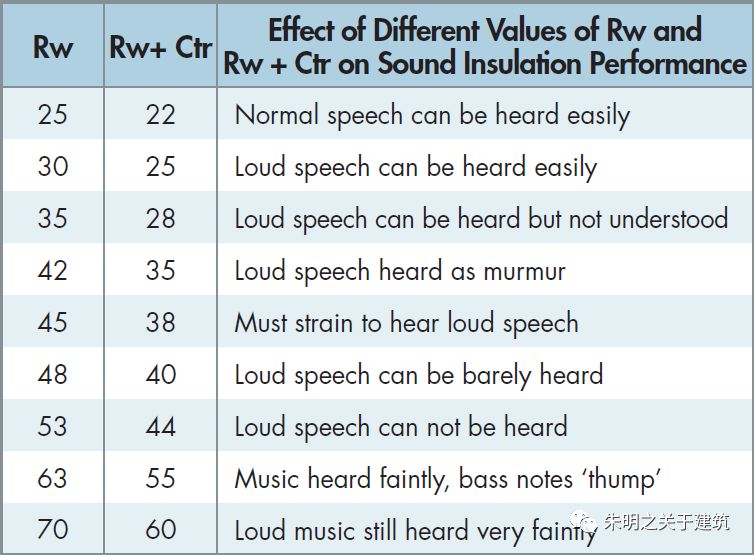
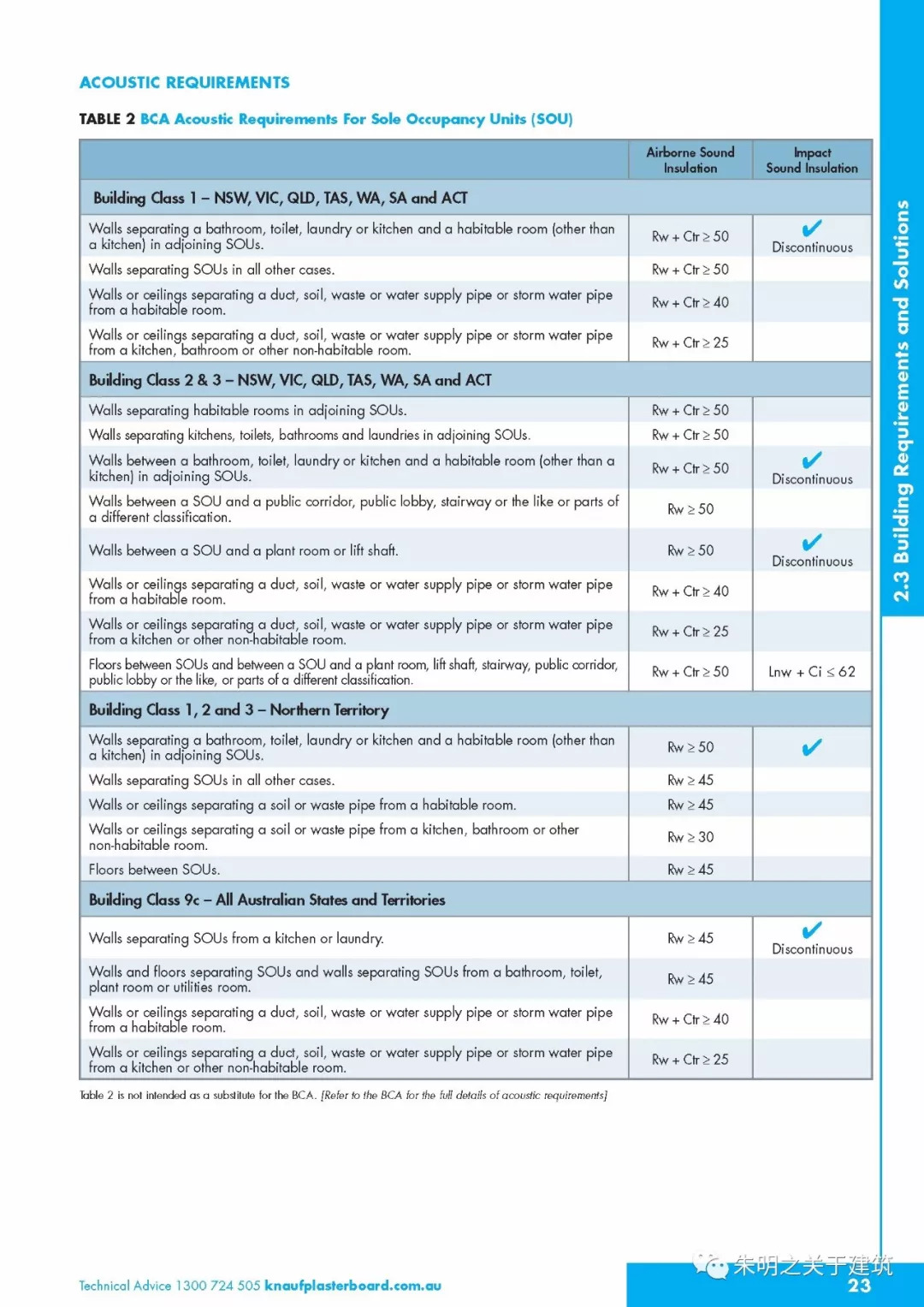
声学要求ACOUSTIC REQUIREMENTS
Performance requirements of the BCA relating to sound transmission and insulation can be satisfied by one of the following three options:
1. Deemed-to-Satisfy Construction
Construct a wall or ceiling system that complies with the deemed-to-satisfy provisions of the BCA Specifi cation F5.2– 2. This section of the BCA details generic systems that satisfy the acoustic BCA requirements. However in general,more efficient solutions can be found in this manual.
BCA的这一部分详细介绍了满足声学BCA需求的通用系统。然而,一般来说,在本手册中可以找到更有效的解决方案。
2. Laboratory Test or Acoustic Engineering
Construct a wall or ceiling system with an acoustic rating from this manual. The systems in this manual were either laboratory tested according to the relevant acoustic testing standard or were given an Acoustic Opinion made by Day Design Pty Ltd consulting acoustical engineers of Sydney NSW, or Marshall Day acoustic software.
Acoustic testing laboratories are designed to ensure that fl anking paths do not occur. Tested partition systems are constructed with extreme care to achieve optimum performance. For these reasons, on-site performance may be different to laboratory performance.
3. On-Site Testing
Conduct on-site acoustic testing on a wall or ceiling system. This is a ‘verification method’ accepted by the BCA to confirm the performance requirements are met.Also the effectiveness of the complete installed system can be verified by on-site acoustic testing.
这一部分是对可以接受的数据的三个来源:1/BCA已经列明的;2/实验室数据;3/现场测试数据
更高的声学要求HIGHER ACOUSTIC REQUIREMENTS
Where performance is critical or noise is higher than normal, accredited acoustic engineers should be consulted. Their role is to ensure that design and construction will meet any specific requirements.
Acoustic predictions for systems not published in Knauf technical literature can o原由网ften be generated by acoustic modelling software. Contact Technical Services for an acoustic prediction based on the Knauf product range.
The Association of Australian Acoustical Consultants (AAAC) offer detailed guidance on acceptable acoustic performance. They have published their own star rating system. Ratings range from 2 to 6 stars and are based onwww.58yuanyou.com field testing by an AAAC consultant to verify that they have been achieved. More information about AAAC Star Ratings for apartments and townhouses is available at www.aaac.org.au
ACOUSTIC TESTING AND ACTUAL PERFORMANCE
Attention to detail during construction is important for achieving good acoustics, as performance is governed by the weakest link in the system. Performance of installed acoustic systems may fall short of laboratory measured results. Acoustic measurements in a typical laboratory test represent the maximum performance that can be achieved. Meticulous care goes into laboratory installation of the system.
Actual site condit原由网ions are usually less than ideal and sound flankin原由网g paths normally exist around the perimeter of the system. Flanking paths may be minimised by sealing the perimeter with acoustic sealant, including behind the cornice and by installing services using acoustically rated details.
声学设计DESIGNING FOR ACOUSTIC PERFORMANCE
Acoustic performance is easier and cheaper to achieve if it is considered before construction begins.划重点:一定要在施工前考虑才能节省造价
Good acoustic design includes:
- Selection of appropriate systems to limit sound transmission and/or sound reverberation
- Thoughtful design of the building layout
- Consideration of flanking paths.
Flanking paths are ways sound can travel around barriers, such as through windows, ceiling cavities,under doors and along services.
ACOUSTIC PERFORMANCE OF WALL PARTITIONS
Acoustic performance listed in systems tables may vary due to decreased stud spacing and increased steel stud thickness (BMT) to our tested systems.Acoustic performance may also vary due to any additional linings on battens or on separate stud walls.
The sound insulating capability of a basic wall or ceiling system can be upgraded by using a combination of:
- SoundShield(可耐福的一个产品系列)
- Multiple plasterboard layers加多一层板
- Insulation吸音棉
- Resilient mounts弹性垫
- Resilient channel
- Larger size studs大截面龙骨
- Double stud walls双龙骨
- Staggered stud walls交错龙骨
- Rondo Quiet Stud.
在基本性能上进行升级的手段
SoundShield is a plasterboard with enhanced acoustic qualities. SoundShield has a super high-density* core which helps to resist the transmission of noise into rooms.
* The denser the plasterboard, the better it will resist sound transfer.

